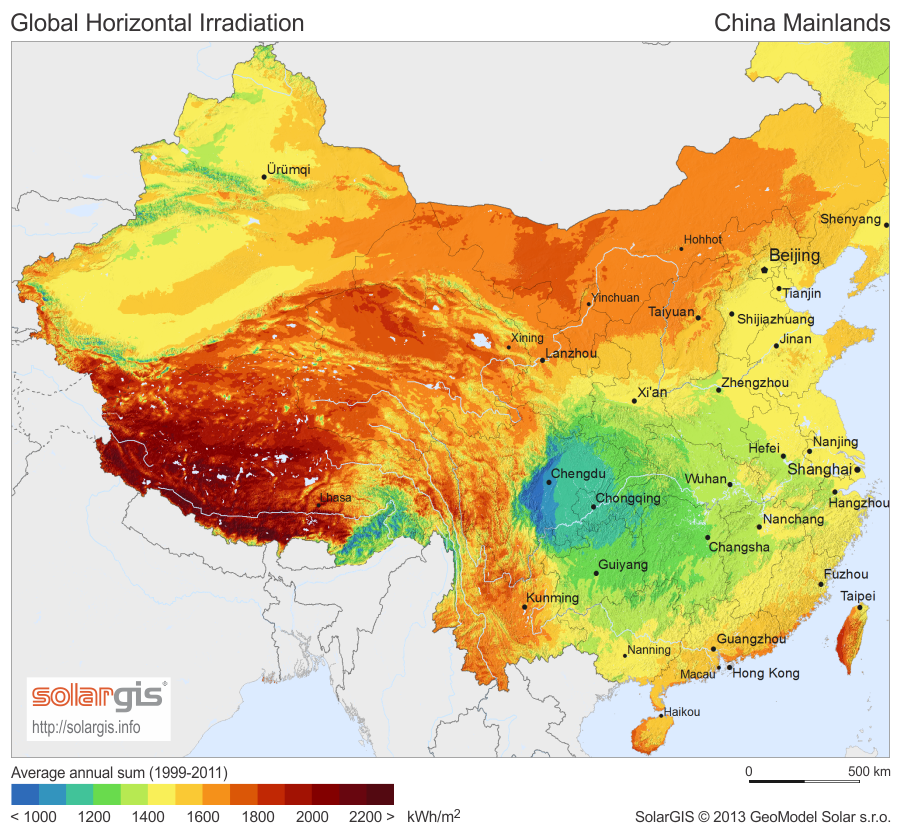Energy poverty in China
|
Despite its extensive grid system and near-universal electricity access, many Chinese still use solid fuels for cooking and heating. While this may not seem like much of a problem, the usage of solid fuels as an energy source comes with a whole host of issues. 47% of households in China still rely on solid fuels for cooking. Biomass and coal are the main types of solid fuels used, and the regional usage rates of each depends on local supplies. According to IEA estimates, 280 million people will still be dependent on solid fuels for their cooking and heating needs in China by 2030.Firstly, solid fuel usage creates indoor air pollution. Many families who rely on solid fuels for their energy needs have fires running for much of the day inside of their homes as a source of heat, creating massive amounts of smoke that fill the home. Oftentimes, this causes sometimes fatal diseases such as upper respiratory infections, pneumonia, lung cancer, and reduced lung function. Indoor air pollution causes some 4.3 million deaths annually, and 25% of these deaths occur in China.
Second, solid fuels are time consuming and expensive to acquire. Solid fuel usage is more widespread in impoverished, rural areas where people cannot afford improved cookstoves or are not connected to gas lines. In many cases, the markets where fuel is purchased are far away and buying fuel is so expensive that it accounts for a significant portion of a family’s annual income. If families are harvesting biomass instead of buying coal or kerosene from a local market, then family members, namely the women and children, will spend up to 4 hours a day collecting firewood. Solid fuel use also contributes to deforestation and climate change. The harvesting of firewood is the principal cause of deforestation in regions such as the Sahel. It also has an impact in China, which has lost much of its primary forest. The burning of solid fuels, namely coal and harvested biomass, is also a significant contributor to climate change-causing carbon pollution.
|
||
| A lot of the health risks associated with the usage of solid fuels for cooking can be eliminated through the use of improved cookstoves. Efforts by the Chinese government to distribute large quantities of improved cookstoves have been met with success. China’s National Improved Stove Program (NISP), which ran during the 1980s and 1990s, distributed 180 million improved stoves to replace traditional stoves and open pit fires. The NISP has since been privatized. NISP-associated businesses produced 2.6 million clean coal heating stoves, 20 million honeycomb coal cooking stoves, and 1.6 million clean biomass stoves in 2011. Nevertheless, this is not nearly enough to fully meet demand. Even with the implementation of programs such as this, millions of Chinese are still using polluting traditional stoves. Even though the market is fairly mature, there are still a lot more people who could be served by it. |
